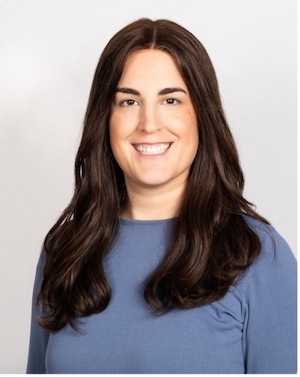
Just over a year ago, New York Governor Kathy Hochul signed the state’s 2025 budget into law, enacting legislation that significantly reshaped the Consumer Directed Personal Assistance Program (CDPAP).
CDPAP is a Medicaid-funded program that allows elderly, ill or disabled people to hire personal assistants (PAs), often family members or friends, to provide the home care services they need for daily living. Consumers partner with a fiscal intermediary (FI) to manage wages, benefits and other financial responsibilities.
For years, hundreds of fiscal intermediaries have operated within the CDPAP landscape, with estimates ranging from 600 to 700 providers. However, under the 2025 budget, a single statewide fiscal intermediary (SFI) will become the exclusive FI authorized to operate within New York’s CDPAP program. HomeCare asked Malka Trump, senior director of compliance at Viventium, to update us on where the ongoing litigation stands.
HomeCare: What’s the current status of the NY CDPAP Transition?
Trump: The transition of New York’s CDPAP program to a single statewide fiscal intermediary is currently underway and progressing, though not without challenges. Multiple lawsuits filed by fiscal intermediaries, advocacy groups, and industry stakeholders have attempted to block or delay the process. Despite these legal challenges, the transition remains in effect, although its full implementation has been delayed several times.
HC: Who is the single statewide fiscal intermediary and what is the time frame for the transition?
Trump: In the summer of 2024, the New York Department of Health (DOH) issued a request for proposals seeking a new fiscal intermediary (FI). On September 30, 2024, it was announced that Public Partnerships LLC (PPL) had been selected as the new state fiscal intermediary (SFI). The original transition deadline was set for April 1, 2025, with all other FIs required to cease operations by the end of March.
In early 2025, PPL, the NY DOH and a group of facilitators began efforts to transition consumers and their PAs to PPL’s platform in time for the April 1 cutoff. However, as the deadline approached, a growing number of concerns emerged regarding the large volume of consumers and PAs who had yet to successfully enroll and onboard with PPL.
In response, the NY DOH extended the transition deadline to April 30 to allow additional time for registration. However, since the prior FIs could no longer operate, PAs who had not yet transitioned faced the risk of being left without a means of getting paid.
In a last-minute legal challenge filed on behalf of consumers and PAs, a federal judge issued an order delaying the April 1 cutoff. This order allowed current FIs to continue paying PAs who had not yet enrolled with PPL while attorneys for the plaintiffs and the NY DOH reached an agreement on a preliminary injunction. That agreement, signed by the judge on April 10, extended the PPL registration deadline to May 15 for consumers and June 6 for PAs.
HC: Does that mean that FIs can continue to operate until June 6?
Trump: Technically, yes—for some CDPAP cases. The preliminary injunction divides consumers and PAs into three categories, with payment responsibilities determined by each group’s enrollment status.
If both the consumer and PA have fully enrolled with PPL, PPL is responsible for paying the PA.
If the consumer has enrolled but the PA has not, or if neither has enrolled, the prior FI may continue paying the PA until enrollment is complete.
While this framework sounds straightforward, in practice it is far more complicated.
For an FI to be reimbursed for payments made to PAs, they must first obtain authorization from the consumer’s managed care organization (MCO). However, these authorizations were terminated as of March 31, 2025, in anticipation of the April 1 transition. Many FIs have since reported that they’ve been unable to have these authorizations reinstated—and without them, they have no assurance of reimbursement.
HC: What might be the next legal steps for the litigants?
Trump: There have already been reports presented to the judge in the case highlighting the difficulties FIs are facing in obtaining the necessary authorizations. Meanwhile, the situation on the ground has been chaotic, with many PAs going unpaid for weeks throughout April.
The preliminary injunction includes language allowing the May 15 and June 6 deadlines to be extended further if needed. Given the ongoing challenges, there may be a push to delay the transition even more while these issues are addressed.
HC: What does this mean for similar consumer-directed care agencies outside of New York?
Trump: Medicaid-funded consumer-directed care programs exist in many states across the U.S. Some states already contract with an SFI or limit the number of approved FIs, while others allow a broader range of organizations to operate as FIs. Whether more states will adopt a similar model remains to be seen. However, New York’s CDPAP transition stands out as a particularly complex undertaking due to its scale, diversity, and the compressed timeline for implementation.
